Your Ultimate Guide to Curing Smelly Shoes (For Good)
After decades of repairing and restoring footwear, I can tell you that I’ve handled thousands of pairs of shoes. They show up at my workshop for all the usual reasons—new soles, busted stitching, a desperate need for a good polish. But honestly, one of the most common problems people ask me to fix, almost in a whisper, is the smell.
In this article
It’s frustrating when you’ve invested in a good pair of shoes, only to have them sidelined by a funky odor. A lot of people assume it’s about hygiene, but the real story is usually a mix of moisture, tiny microbes, and the materials your shoes are made of. That sour, musty scent is basically a smoke signal telling you the inside of your shoe has become a perfect little swamp for bacteria.
Quick-fix sprays might cover it up for an afternoon, but they don’t solve the underlying issue. To truly get rid of shoe odor, you have to tackle the root cause. This isn’t about some magic potion; it’s about methodically making the inside of your shoe an unwelcome place for germs.
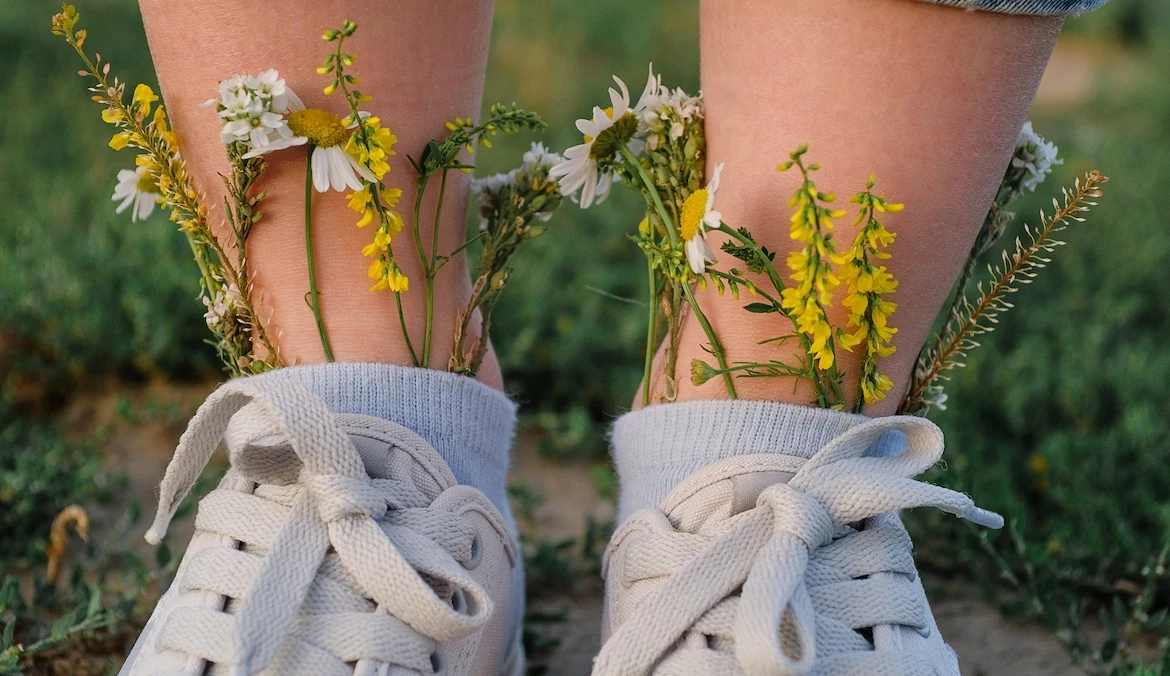
In a hurry? The single best thing you can do right now is pull the insoles out, prop the tongue wide open, and let the shoes air out for a full 24 hours. Getting air inside is half the battle, right there.
So, Why Do They Stink? The Simple Science
Before you can win the war, you have to know your enemy. Your feet have a wild number of sweat glands—over 250,000 of them. When you’re moving around or it’s just a warm day, they produce sweat. By itself, sweat is pretty much odorless; it’s just water and salt.
The problem starts with the bacteria that live on your skin (which is totally normal, by the way). These little guys eat the fats and proteins in your sweat, and their waste products are what create that distinct, sour smell. A shoe—dark, warm, and damp—is basically a five-star resort for these bacteria.
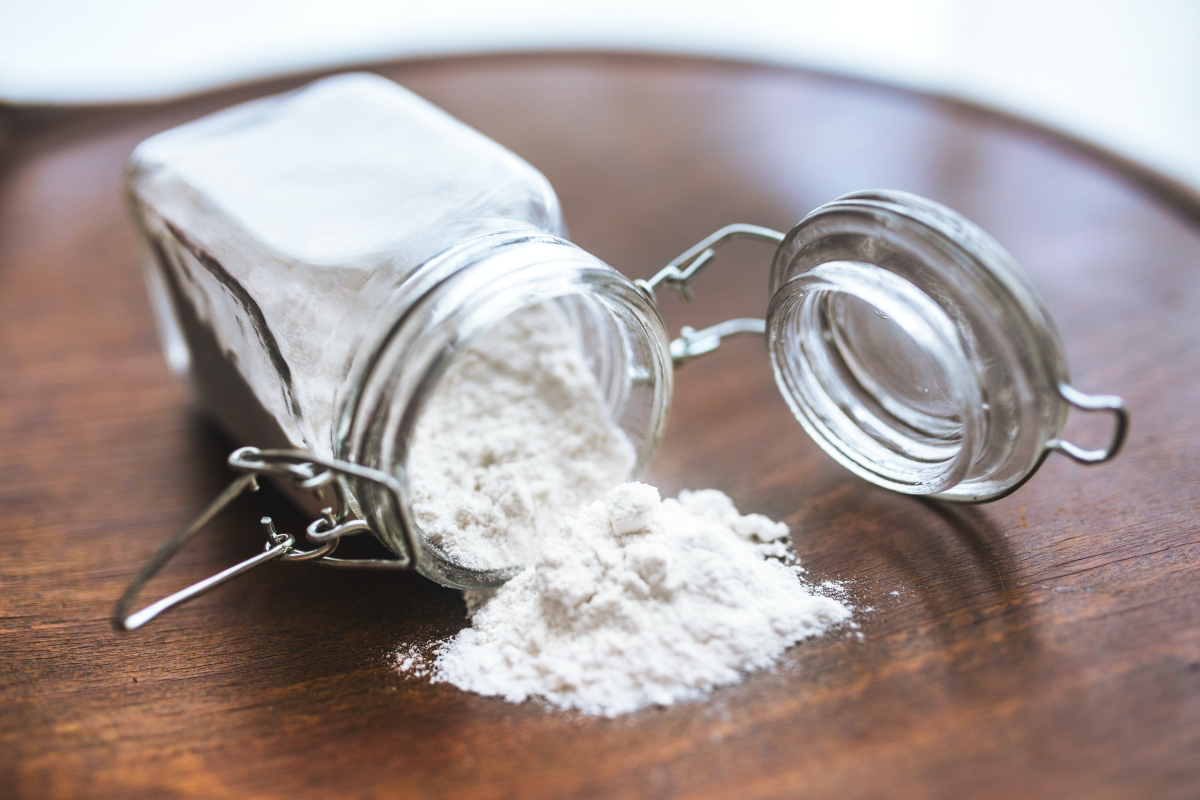
The materials of the shoe itself play a huge part in how bad it gets:
- Synthetic Stuff: Think plastics, nylon, and polyesters found in most running shoes. These don’t breathe. At all. They trap moisture right against your foot, which is why your gym shoes are often the main offenders.
- Leather: Good leather is a natural material that actually breathes, letting some moisture escape. But if it gets totally soaked with sweat and isn’t allowed to dry, it can still trap odors.
- Canvas and Cotton: These materials are super absorbent, like a sponge. If they don’t dry out completely, they can hold onto bacteria and even start to mildew, giving off that damp, earthy smell.
See? You’re not fighting a mystery stink. You’re just fighting moisture and bacteria. Every single effective method tackles one or both of these things.
Level 1: The Go-To Powder Treatments
Powders are your first line of defense. They work by soaking up moisture and changing the shoe’s internal environment to be less friendly for bacteria. There’s a right way and a wrong way to do this, though.
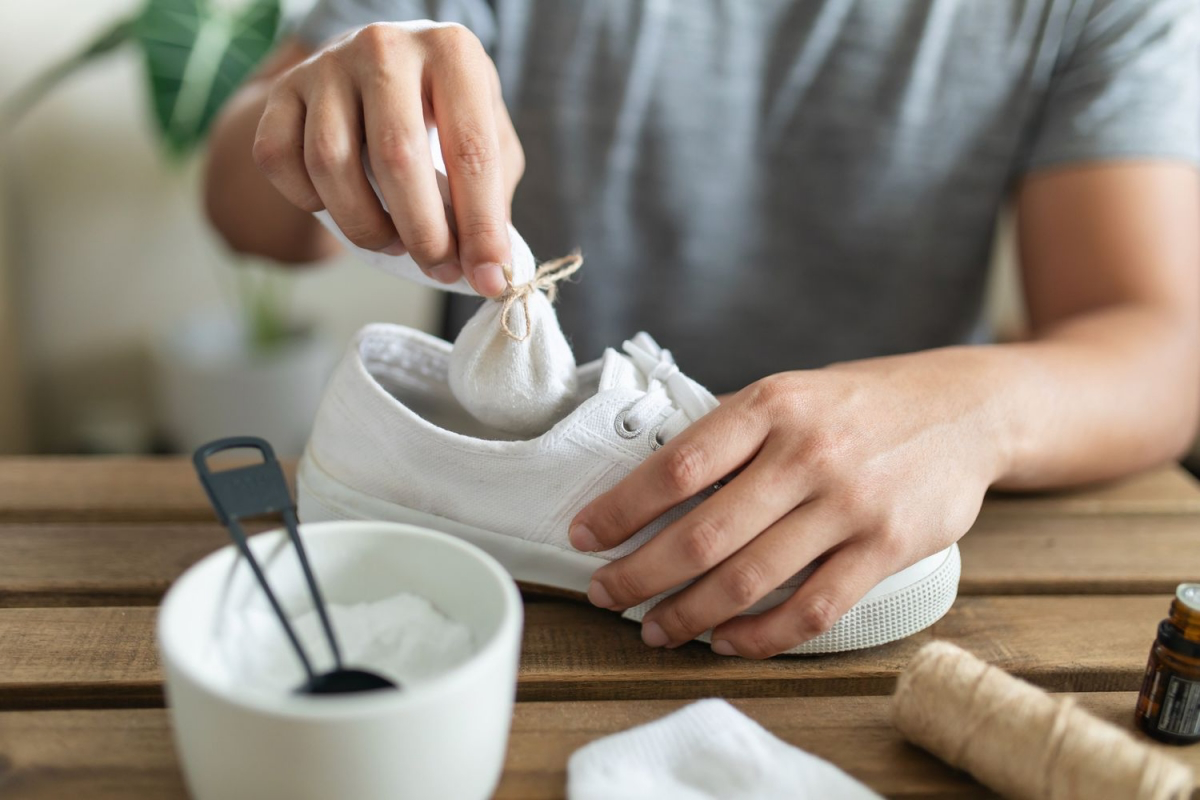
What you might need:
- Baking soda, arrowroot powder, or cornstarch
- A small sifter or an old, clean sock
- A vacuum with a brush attachment or a stiff brush
Your Options for Powders
So, which powder should you grab? It depends on the shoe and how bad the problem is.
- For Heavy-Duty Odor (Baking Soda): This is the classic for a reason. Baking soda is a beast at absorbing moisture and its alkaline nature messes with the slightly acidic environment bacteria love. Don’t just dump it in! For the best result, use a sifter or an old sock to apply a light, even dusting—about 1-2 tablespoons per shoe should do it. Let them sit for a full 24 hours, then vacuum it out thoroughly. Heads up, though: baking soda is mildly abrasive and can be a bit harsh on delicate leather linings over time, so it’s best for athletic shoes and work boots.
- For Delicate Shoes (Arrowroot/Cornstarch): If you’re dealing with nice leather or suede, arrowroot powder or cornstarch are much safer. They are fantastic moisture absorbers but are pH neutral, so they won’t dry out leather or mess with dyes. They’re less powerful on odor than baking soda but great for regular maintenance. A pro tip is to mix two parts arrowroot with one part baking soda for a balanced, effective, and gentler formula.
- For Persistent Issues (Medicated Powders): If the problem is stubborn, step up to an over-the-counter medicated foot powder from any drugstore. Look for ones with zinc oxide or antifungal agents like tolnaftate. These directly attack the microbes that cause things like athlete’s foot, a major odor source. You can usually find a good one for under $10.
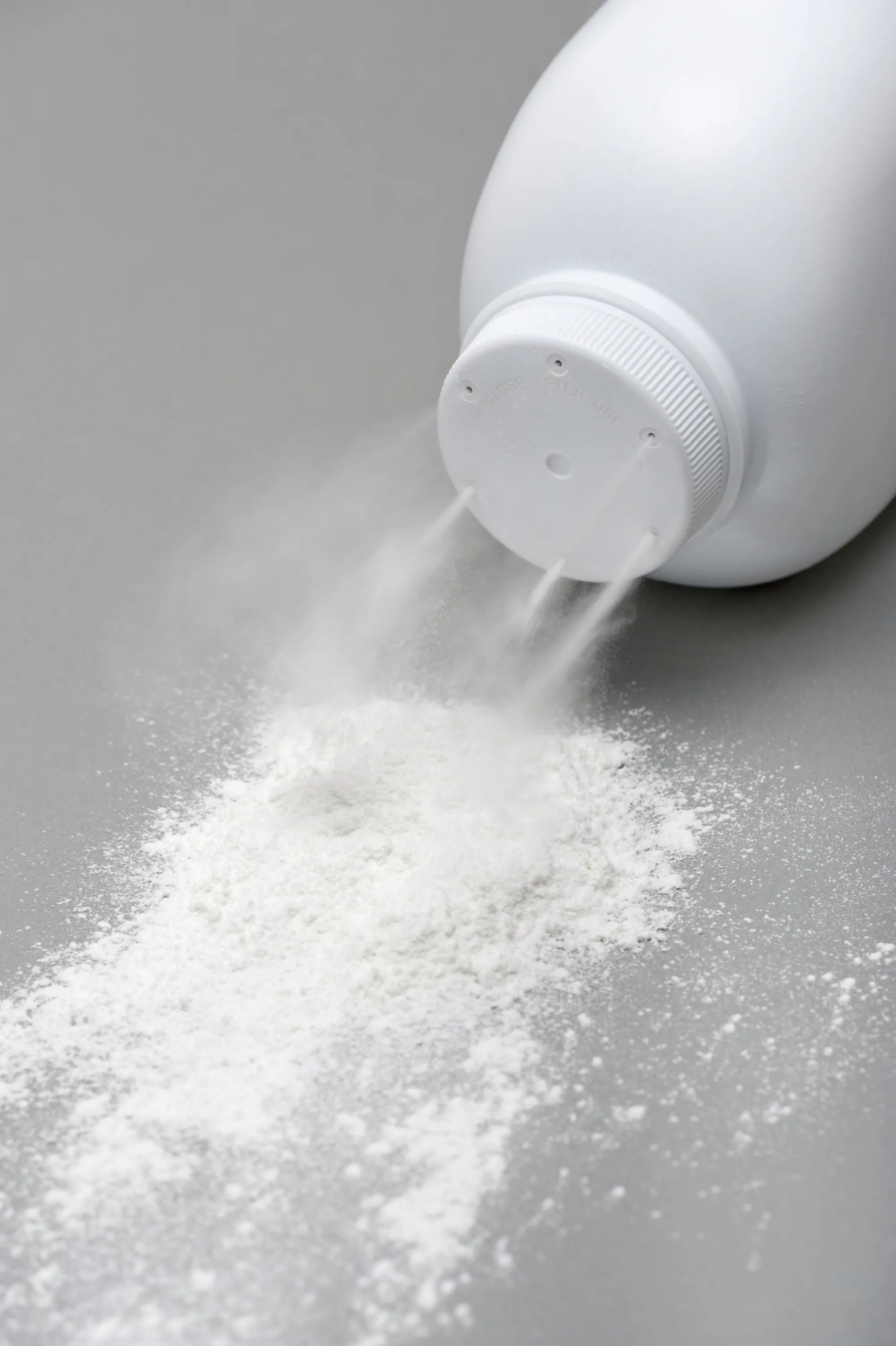
Level 2: Deep Cleaning When Powders Aren’t Enough
Sometimes, the bacteria have set up a permanent camp, and powders just won’t cut it. It’s time to disinfect. This requires a bit more care, as liquids can damage certain materials.
Alcohol or Vinegar Spray
In the workshop, we often use a simple but effective disinfectant spray. You can easily make one at home.
What you’ll need: A small spray bottle, 70% isopropyl alcohol or distilled white vinegar, and water.
Mix one part 70% isopropyl alcohol with one part water in the spray bottle. Lightly mist the entire interior of the shoe—don’t saturate it! Let them air dry completely. The alcohol smell is strong at first but vanishes once it evaporates. A vinegar solution (equal parts white vinegar and water) also works wonders, but I prefer to apply that with a lightly dampened cloth to control the moisture better.
Crucial Tip: Always test your solution on a hidden spot first, like under the tongue. Alcohol can sometimes lift color from dyed leathers. And after any alcohol or vinegar treatment, wait a day for it to fully dry, then wipe a small amount of leather conditioner on the inside lining. This keeps the leather from getting brittle.
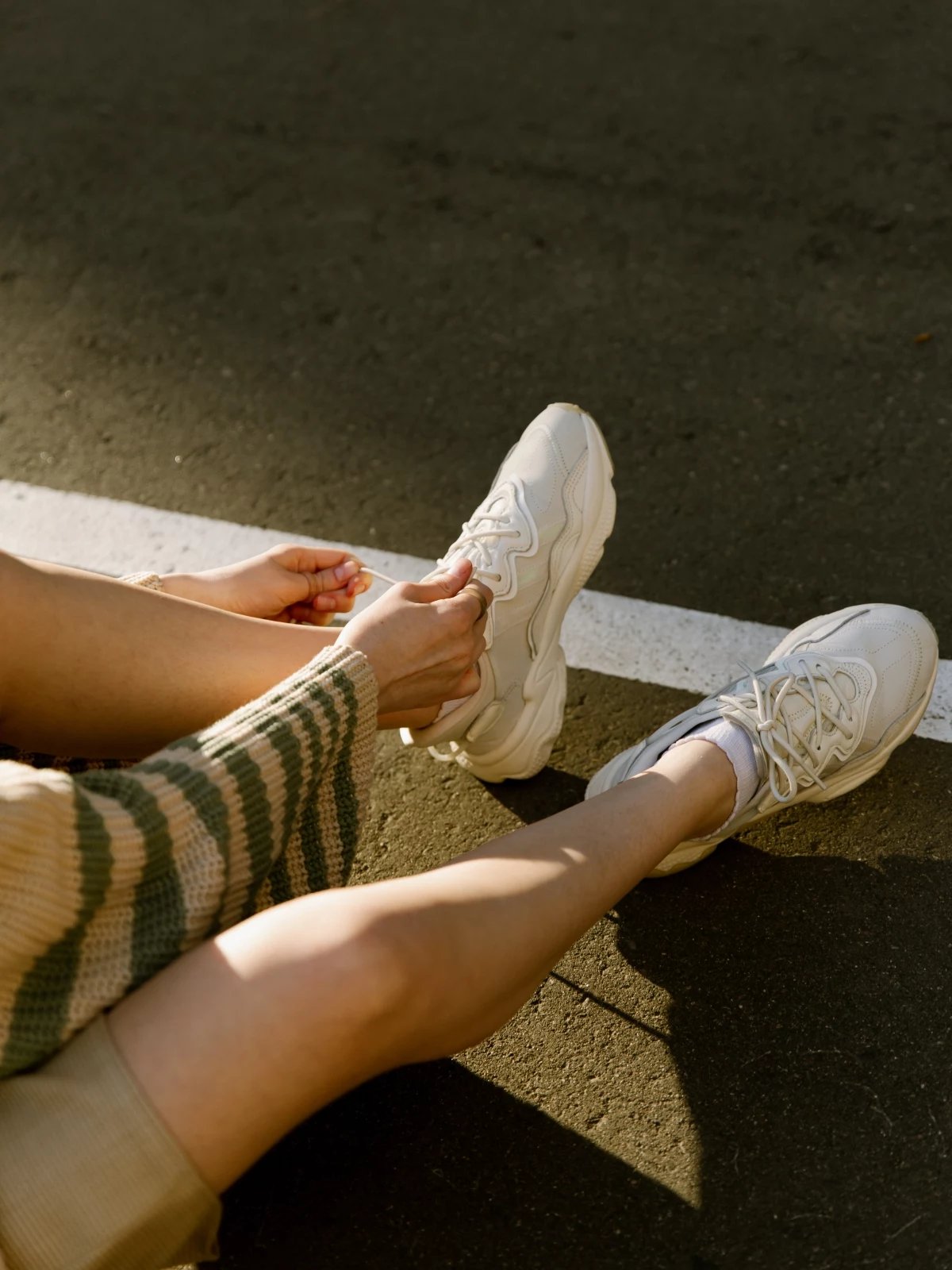
That Washing Machine Question
I know what you’re thinking: “Can’t I just throw them in the washing machine?” The answer is… maybe. It’s a high-risk move that depends entirely on the shoe.
It can be a lifesaver for durable canvas sneakers (think Converse or Vans) and some synthetic running shoes. But for anything with a glued-on sole, real leather, or suede, the washing machine is a death sentence. It will break down the glues and destroy the materials.
If you decide to risk it, always use a cold, gentle cycle with a small amount of detergent. Remove the laces and insoles first, and maybe put the shoes in a mesh laundry bag. And NEVER put them in the dryer. Always let them air dry completely, which can take a couple of days.
A Serious Warning About the Freezer Trick
You’ve probably seen the internet tip about putting smelly shoes in the freezer. Please, don’t do it. I once had a customer bring in a gorgeous pair of patent leather loafers that were cracked to pieces. The culprit? The freezer trick. The moisture trapped inside the shoe expanded as it froze, and the ice crystals just shattered the finish. Beyond the damage, it’s not even that effective. The cold might make some bacteria go dormant, but they’ll wake right back up once the shoe warms up on your foot.
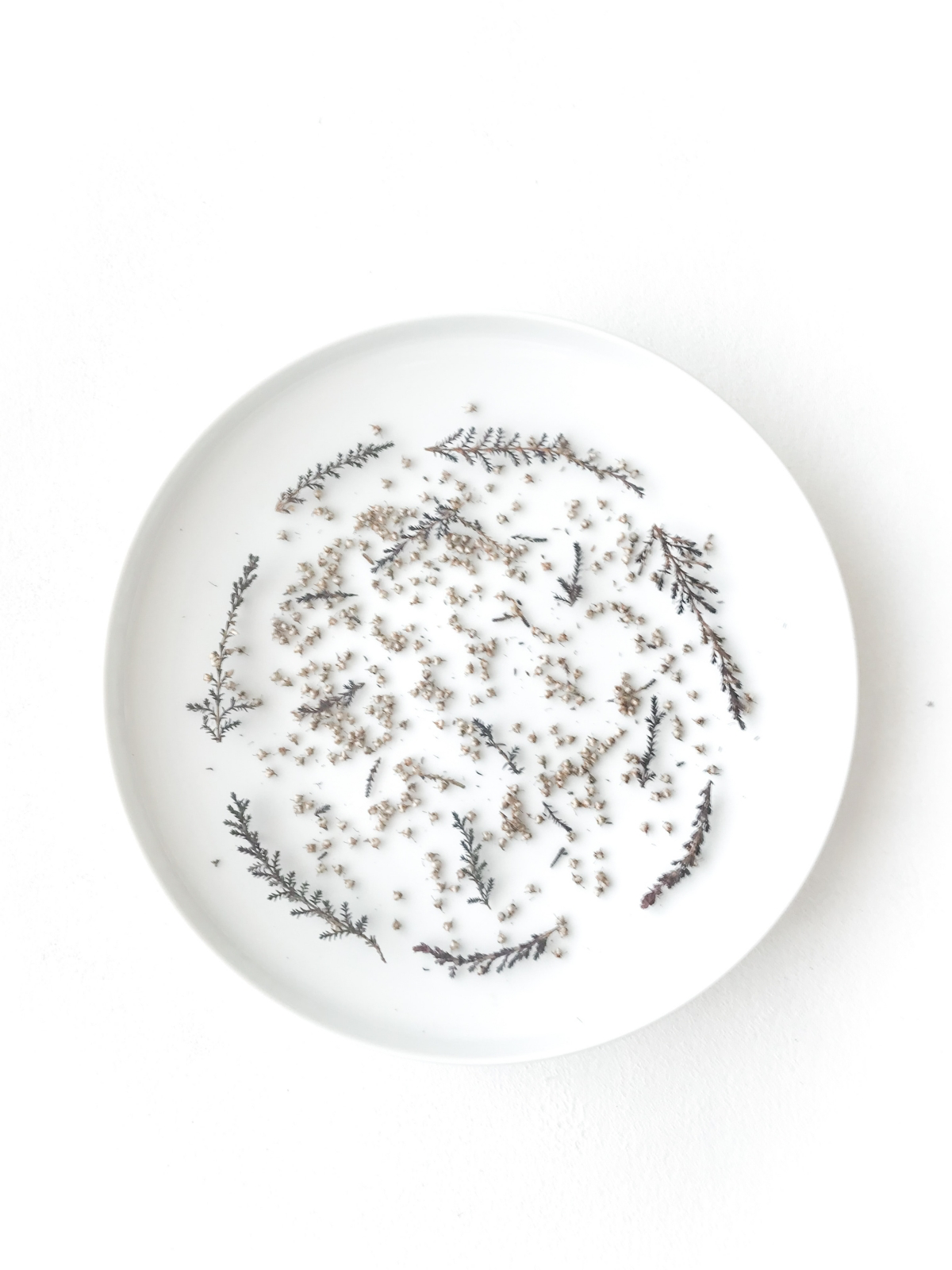
Level 3: Advanced Tools for Serious Cases
For the most stubborn odors or for very high-value shoes, we sometimes bring out the heavy hitters. These are more of an investment, but they offer a level of clean that sprays and powders can’t match.
- UV Shoe Sanitizers: These gadgets use UV-C light to destroy bacteria and fungi at a DNA level. It’s the same tech podiatrists use. You just stick the wands in your shoes for about 15-45 minutes. They’re safe for all materials because they use light, not chemicals. A good, reputable one will likely run you between $50 and $150 on Amazon or specialty wellness sites. Make sure you’re getting a real UV-C device, not just something with a fancy blue LED light.
- Replacing the Insoles: Sometimes the insole is just a lost cause—a permanent sponge of sweat and bacteria. The best solution is to just replace it. You can find excellent replacements at drugstores, shoe stores, or online. Activated charcoal insoles (often under $15) are fantastic for trapping odor, while leather or cedar insoles ($20-$30) offer great breathability and moisture control.
- Ozone Treatment (Pros Only!): This is our nuclear option for things like smoke or severe mildew damage. We have a sealed cabinet that uses ozone gas to obliterate odors. But to be crystal clear, ozone is toxic to inhale. This is absolutely not a DIY method and should only be done by a professional with proper safety gear.
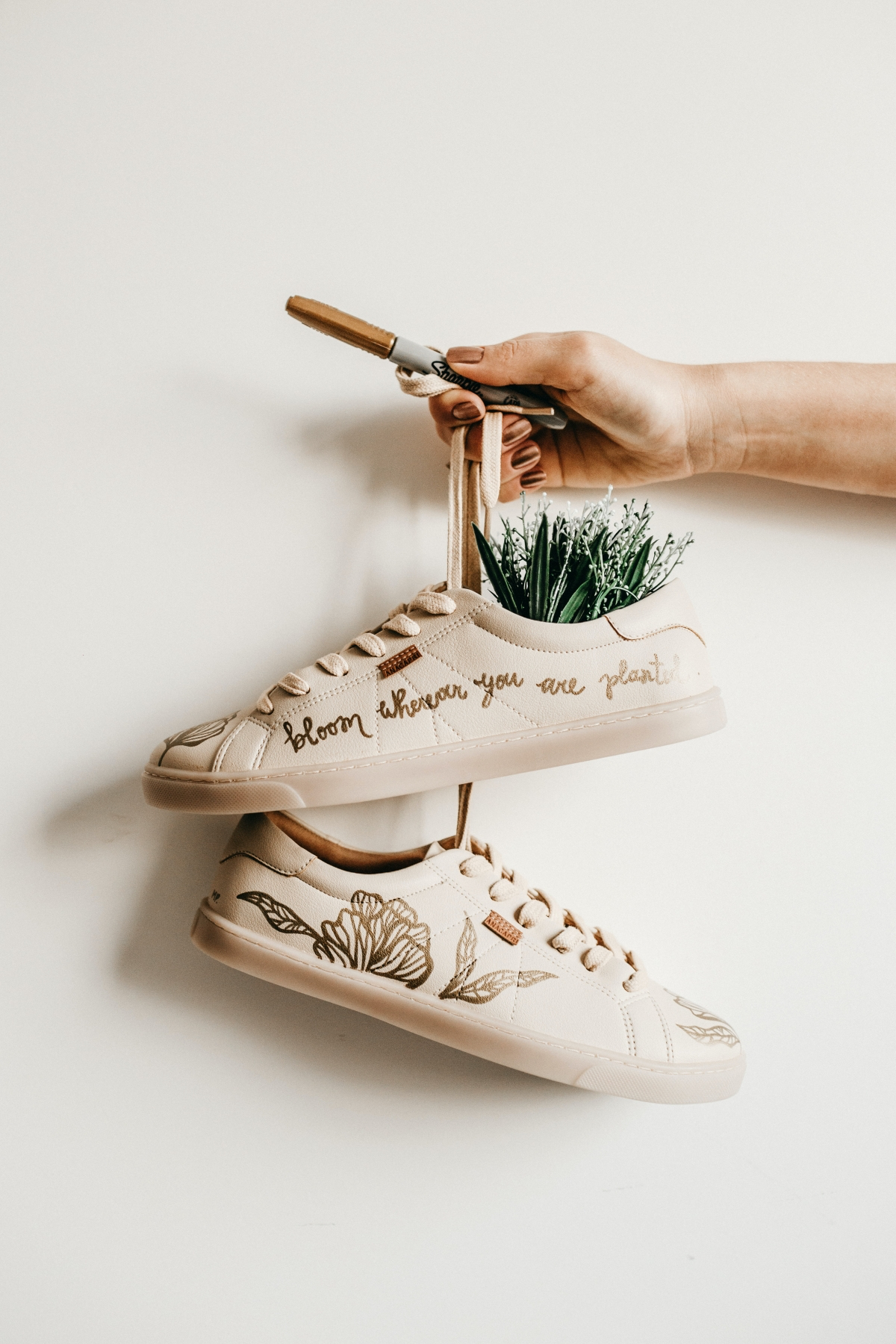
The Best Fix is Prevention: A Pro’s Routine
Honestly, managing shoe odor is way easier than treating it. A few simple, consistent habits are more powerful than any deep-cleaning session.
1. Rotation is Mandatory. This is the golden rule. Never, ever wear the same pair of shoes two days in a row. A shoe needs at least 24 hours to fully air out and dry. Having two or three pairs in your rotation is a game-changer.
2. Get Unfinished Cedar Shoe Trees. Forget the plastic ones. A good pair of unfinished cedar shoe trees is the best investment you can make for your footwear, and a pair that will last a lifetime usually costs between $20 and $35. The unfinished wood actively pulls moisture out of the shoe’s lining and leather. Plus, it has natural antimicrobial properties and leaves a fresh, clean scent. Pop them in as soon as you take your shoes off.
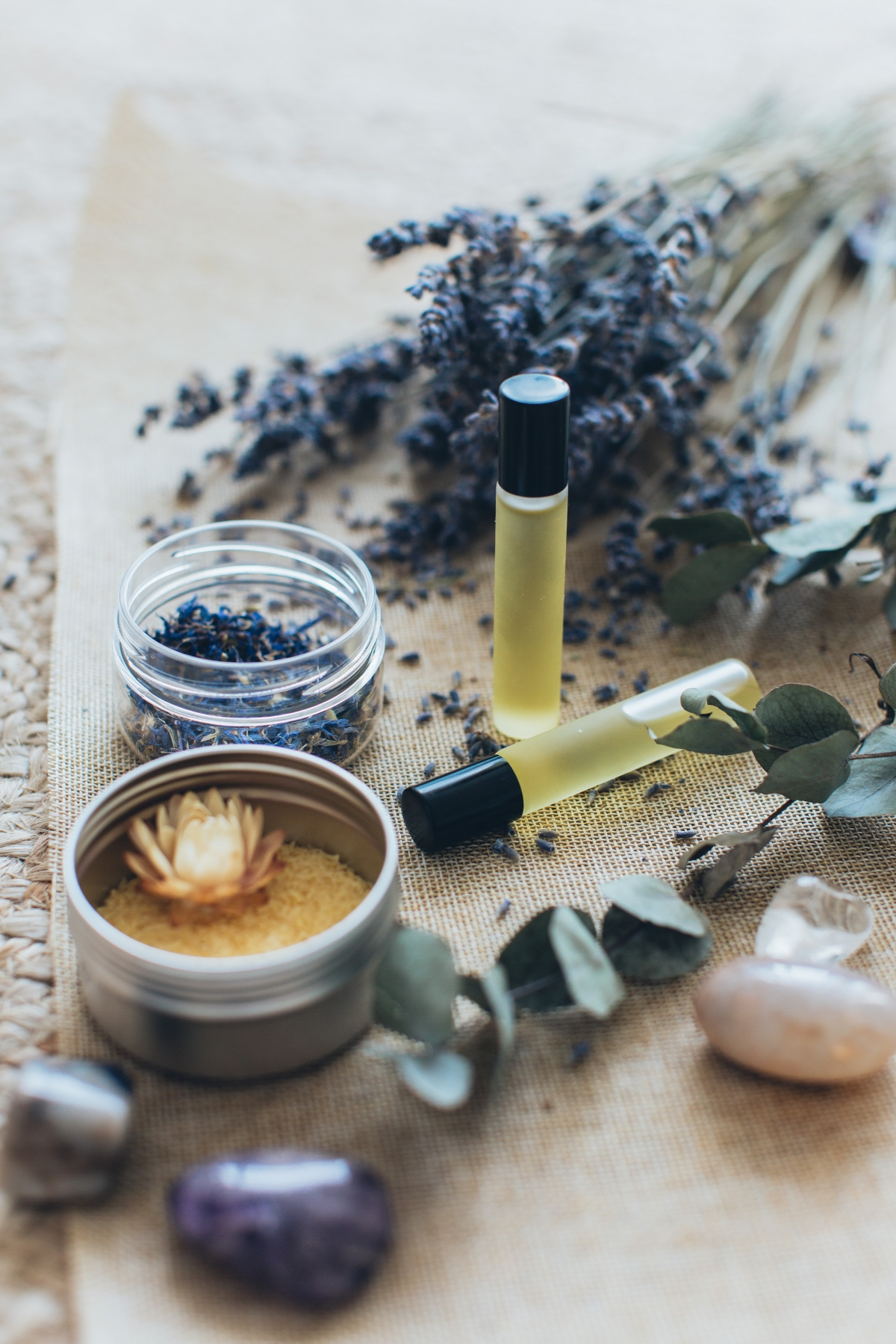
3. Your Socks Matter More Than You Think. People always overlook this! Avoid 100% cotton socks for anything active. Cotton soaks up sweat and holds it against your skin. Instead, opt for socks made from merino wool or moisture-wicking synthetic blends. They pull moisture away from your skin so it can evaporate. It’s what athletes and hikers rely on to keep their feet dry.
4. Don’t Forget Your Feet. This goes beyond the shoes. Wash your feet daily and dry them completely, especially between the toes. If you still have issues, it might be worth checking in with a doctor. A persistent odor can sometimes be a sign of a fungal infection or another medical condition. A cobbler can fix your shoes, but a podiatrist fixes your feet.
A Final Word From the Workshop
Shoe odor is a solvable puzzle. It just takes a little knowledge and some consistent effort. Start with the basics—rotate your shoes, use cedar shoe trees, and wear the right socks. If a problem pops up, work your way through the treatments, from gentlest to strongest. With a little care, you can silence the smell and make sure your favorite shoes have a long, happy, and fresh-smelling life.
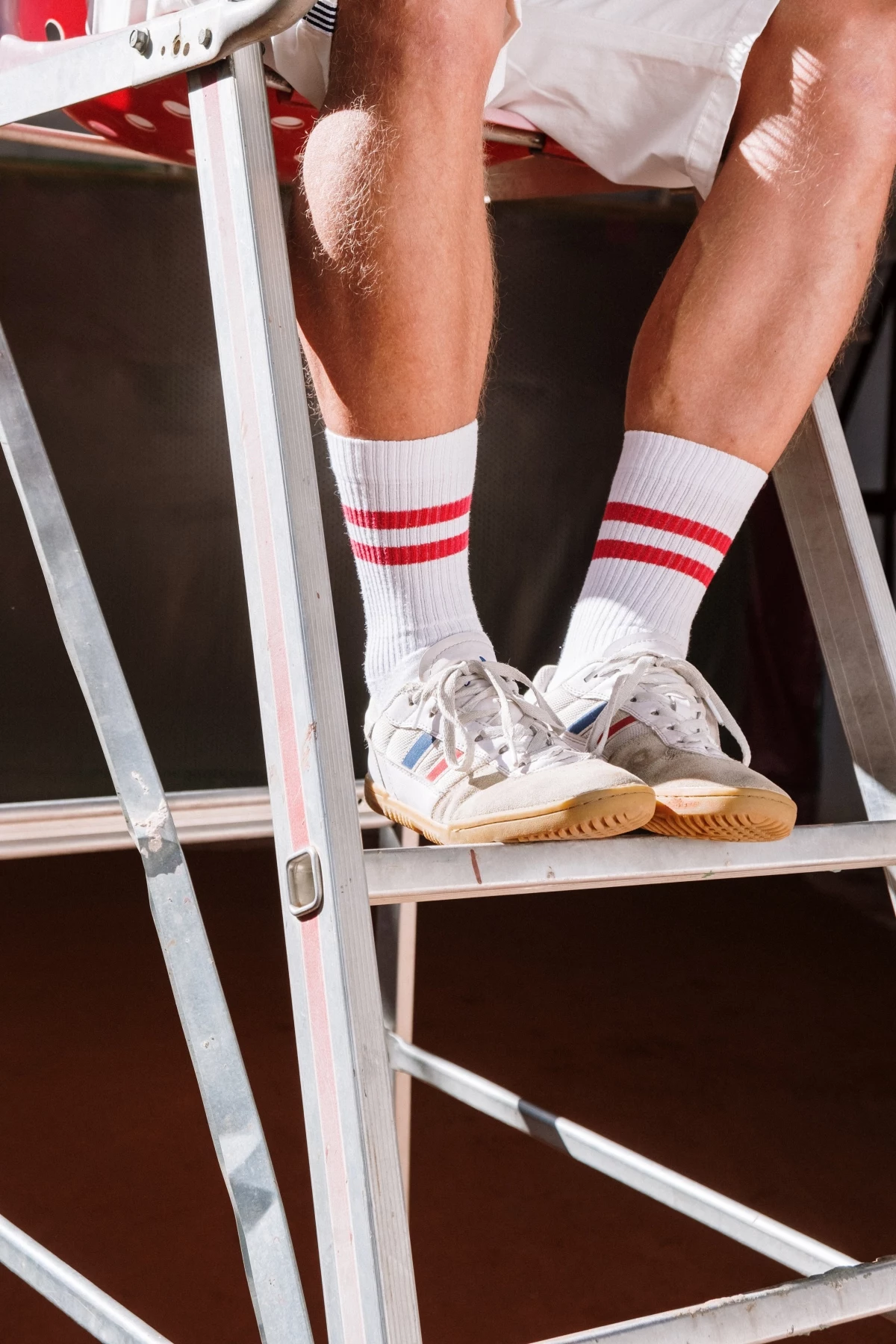
Inspirational Gallery
Cedar Shoe Trees: Their secret weapon is the unfinished wood, which absorbs moisture and releases a naturally fresh, pine-like scent. They also help the shoe keep its original shape. A great investment for leather dress shoes or high-quality sneakers.
Plastic Shoe Trees: These are purely for maintaining shape. They don’t absorb moisture or offer any deodorizing benefits. While cheaper, they won’t help you win the war against odor.
For fighting smell, cedar is the undisputed champion.
Your two feet can produce over a cup of sweat on a very active day.
That’s a significant amount of moisture trapped inside your footwear. This is why simply airing shoes out is often not enough; you need active measures to draw that deep-seated dampness out from the padding and lining.
Create your own powerful, custom-scented deodorizing powder in seconds. It’s cheaper and often more effective than store-bought options. Just mix these in a small jar:
- 1/2 cup of baking soda (to absorb odors)
- 1/4 cup of cornstarch (to absorb moisture)
- 5-10 drops of tea tree or peppermint essential oil (for their antibacterial properties and fresh scent)
Sprinkle a small amount inside your shoes, let it sit overnight, and tap out the excess before wearing.
The most overlooked culprit: Your socks. You can have the freshest shoes in the world, but if you’re wearing socks that are made of non-breathable cotton or synthetics, you’re just re-introducing the problem every single day. Invest in socks made from merino wool or new-tech fibers with silver or copper woven in. Brands like Darn Tough or Silverlight offer options that actively fight bacteria and wick moisture away from the skin, stopping odor before it even starts.
Can a simple light really disinfect my shoes?
Yes, when it’s the right kind of light. We’re talking about Ultraviolet (UV-C) light, the same technology used for sterilization in hospitals. Devices like the SteriShoe+ or other UV shoe sanitizers are inserted into the shoe and emit a specific wavelength of light that destroys the DNA of bacteria and fungus. A 15 to 45-minute cycle can kill up to 99.9% of the germs responsible for odor, athlete’s foot, and nail fungus. It’s a high-tech, chemical-free solution for serious or recurring odor problems.
- They dry out completely between wears.
- The leather or fabric has time to rest and de-stress.
- You drastically reduce the chance of building a permanent bacterial colony.
The secret? A simple shoe rotation. Never wear the same pair of shoes two days in a row. Giving your shoes a full 24-48 hours to air out and dry is one of the most effective preventative habits you can adopt. It not only stops the smell but also significantly extends the life of your footwear.
The freezer trick is a popular home remedy, but its effectiveness is often debated. The theory is that freezing temperatures will kill the odor-causing bacteria. While it can temporarily reduce the smell by rendering the bacteria dormant, it often doesn’t kill them all. Once the shoes warm up to body temperature again, any surviving microbes can multiply and the smell can return. It’s a decent quick fix for a night out, but not a permanent solution.
Fact: Over 80% of shoe odor comes from the insole, not the shoe itself.
The insole is ground zero for sweat, pressure, and bacteria. Many people try to deodorize the whole shoe while ignoring the removable part. Pull them out! Scrub them with a brush using a mix of water and mild laundry detergent. For stubborn smells, a soak in a 1:1 solution of white vinegar and water for a few hours can work wonders. Make sure they are 100% dry before putting them back in.
- Used (and dry!) tea bags: Black tea contains tannins, which are astringent and can help kill bacteria. Place a few dry, used tea bags inside each shoe overnight.
- Crumpled newspaper: Highly absorbent, newspaper is fantastic for drawing moisture out of soaked shoes after a run in the rain. Stuff them tightly and leave for 12 hours.
For an extra line of defense, consider upgrading your insoles. Look for options specifically designed for odor control. Charcoal-infused insoles, like those from Dr. Scholl’s or Odor-Eaters, use activated carbon to trap and neutralize odor molecules. For a more natural approach, cedar wood insoles, such as those by ZEDERNA, offer similar moisture-wicking and antimicrobial benefits as shoe trees, but while you wear them.










